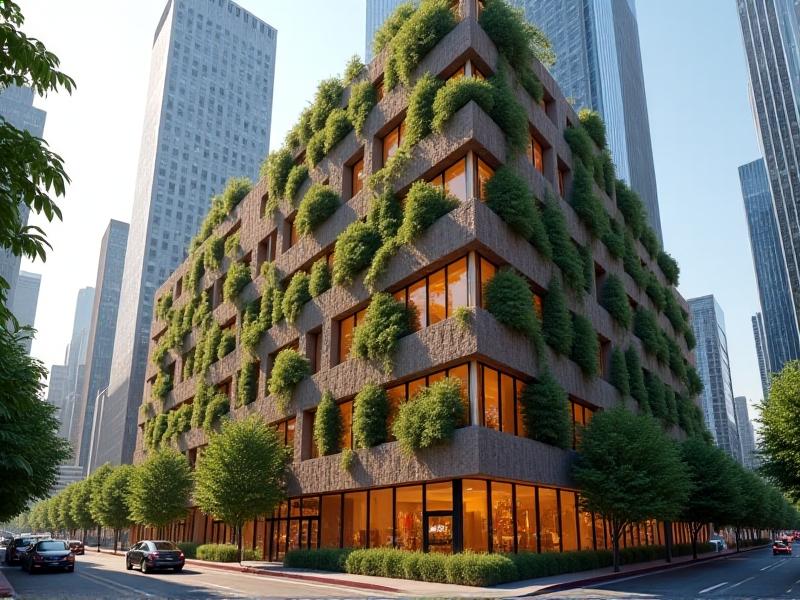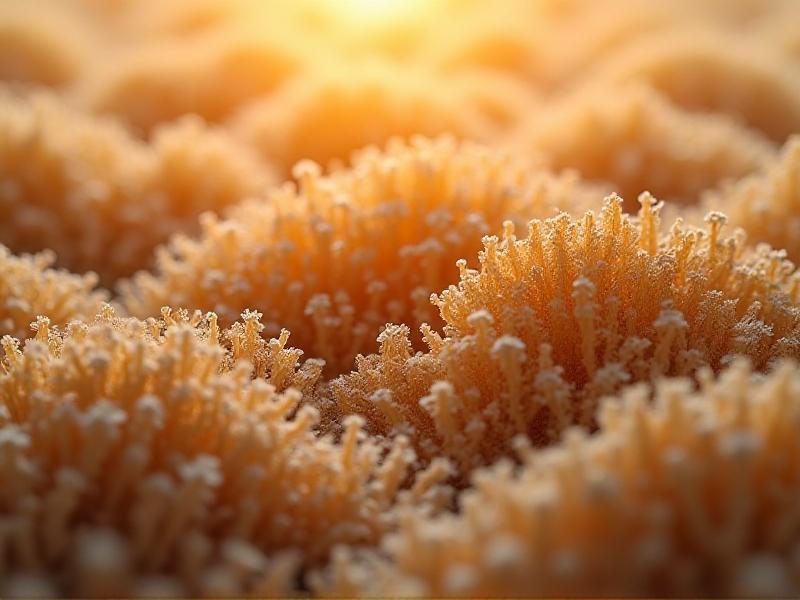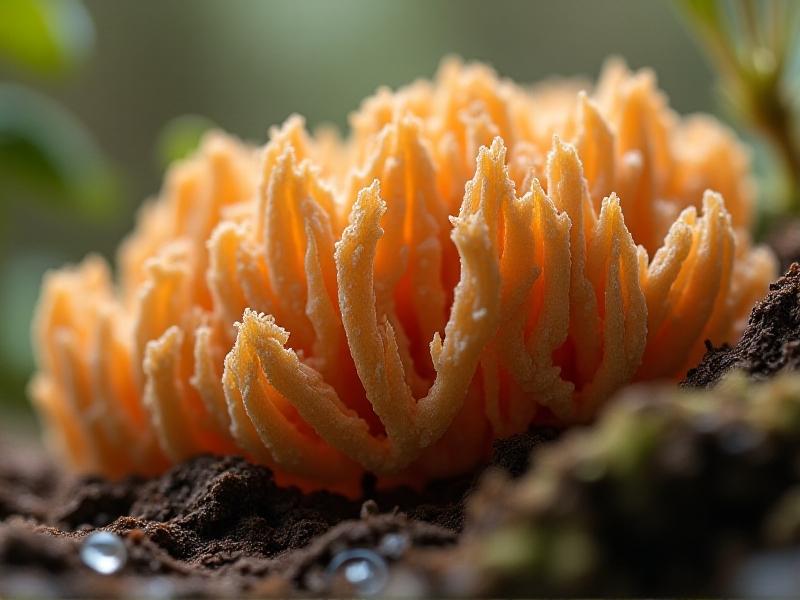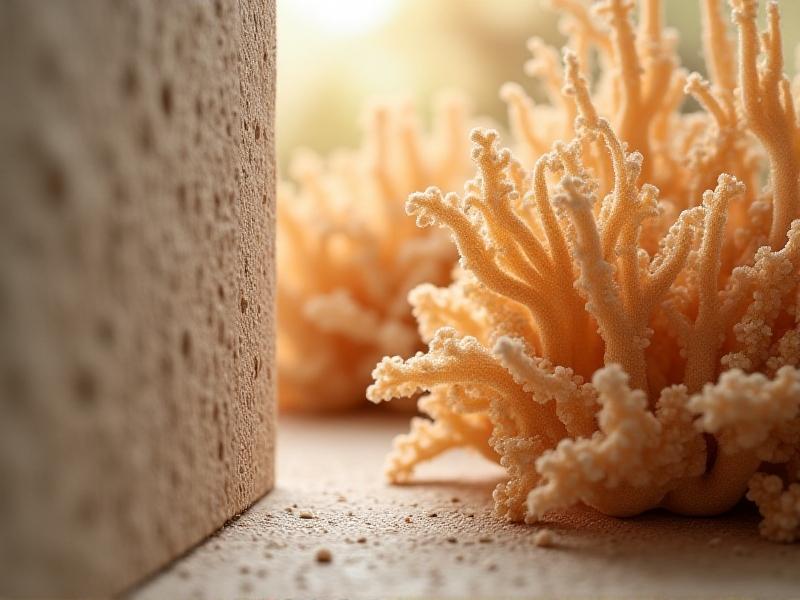Structural Load Testing Requirements for Myco-Wall Assemblies
Understanding Myco-Wall Assemblies: An Introduction
Myco-wall assemblies represent a groundbreaking innovation in sustainable construction. These walls are composed of mycelium, the root structure of fungi, which is grown into a durable, lightweight, and eco-friendly material. Unlike traditional building materials, myco-walls offer unique properties such as biodegradability, thermal insulation, and carbon sequestration. However, their structural integrity must be rigorously tested to ensure they meet safety and performance standards. This article delves into the structural load testing requirements for myco-wall assemblies, exploring the methodologies, challenges, and implications for the future of construction.
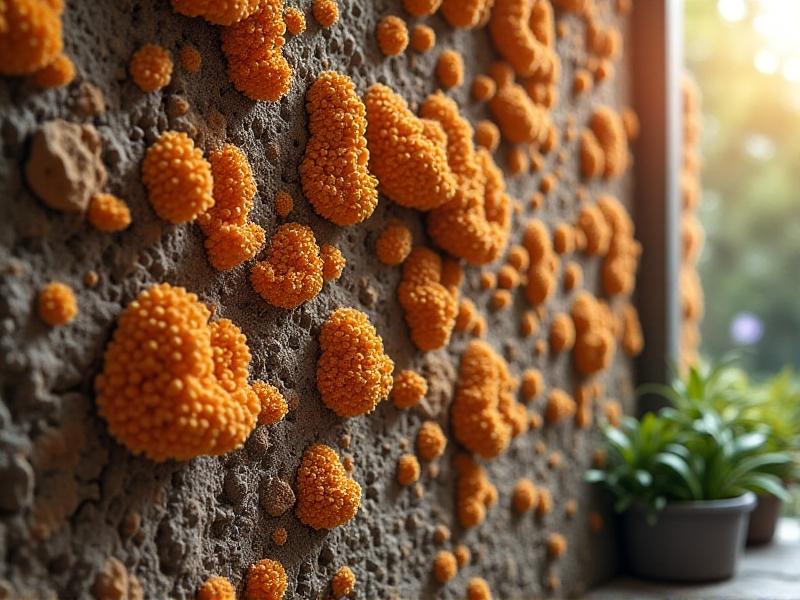
The Science Behind Myco-Wall Structural Integrity
To understand the load testing requirements for myco-wall assemblies, it’s essential to first grasp the science behind their structural integrity. Mycelium, when grown under controlled conditions, forms a dense, interwoven network that can be molded into various shapes. This network is strengthened by the addition of organic substrates like agricultural waste, which act as binding agents. The resulting material is lightweight yet surprisingly strong, with properties comparable to certain types of wood or foam. However, its strength can vary based on factors such as the species of fungi used, the growth conditions, and the density of the mycelium network. These variables make it crucial to conduct comprehensive load testing to determine the material’s capacity to withstand forces like compression, tension, and shear.
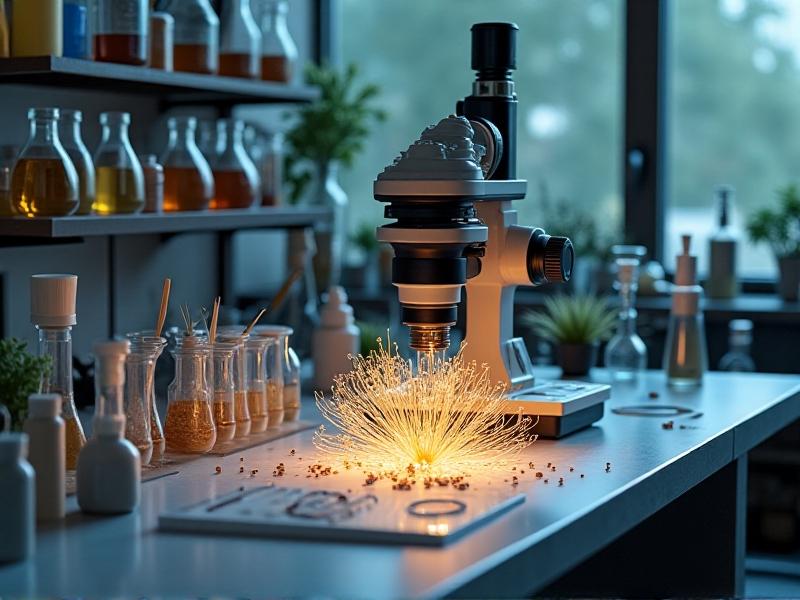
Key Load Testing Methodologies for Myco-Wall Assemblies
Load testing for myco-wall assemblies involves a series of standardized methodologies designed to evaluate their performance under various conditions. Compression testing measures the material’s ability to withstand forces that push it together, while tension testing assesses its resistance to being pulled apart. Shear testing evaluates how well the material can handle forces that cause it to slide or deform. Additionally, flexural testing is used to determine the material’s ability to bend without breaking. These tests are typically conducted in a controlled laboratory environment using specialized equipment. The results provide valuable data on the material’s strength, elasticity, and failure points, which are critical for ensuring its suitability in construction applications.

Challenges in Load Testing Myco-Wall Assemblies
While load testing is essential for evaluating myco-wall assemblies, it comes with its own set of challenges. One major issue is the variability in the material’s properties, which can be influenced by factors such as humidity, temperature, and the specific strain of fungi used. This variability makes it difficult to establish consistent testing protocols. Additionally, myco-walls are still a relatively new material, and there are no universally accepted standards for their testing. Researchers must often adapt existing standards for traditional materials, which may not fully capture the unique characteristics of mycelium. Furthermore, the biodegradable nature of myco-walls means that long-term durability testing is particularly challenging, as the material may degrade over time under certain environmental conditions.
Implications for Sustainable Construction
The successful load testing of myco-wall assemblies has significant implications for the future of sustainable construction. If proven to be structurally sound, these walls could revolutionize the industry by offering a renewable, low-carbon alternative to traditional building materials. Myco-walls could be used in a wide range of applications, from residential homes to commercial buildings, reducing the environmental impact of construction. Additionally, the use of mycelium could help address issues like waste management, as it can be grown using agricultural byproducts. However, widespread adoption will depend on the development of standardized testing protocols and the ability to scale up production while maintaining quality and consistency. The results of load testing will play a crucial role in building confidence in this innovative material among architects, engineers, and builders.
Future Directions in Myco-Wall Load Testing
As research into myco-wall assemblies continues, future directions in load testing will likely focus on addressing the challenges identified in current methodologies. One area of interest is the development of new testing standards specifically tailored to the unique properties of mycelium. This could involve creating protocols that account for variability in the material’s properties and environmental factors. Another promising direction is the use of advanced technologies like 3D imaging and machine learning to analyze the material’s behavior under different loads. These technologies could provide more detailed insights into the material’s performance and help predict its long-term durability. Additionally, there is a growing interest in exploring the potential of hybrid materials that combine mycelium with other sustainable materials to enhance strength and performance. The continued evolution of load testing methodologies will be critical for unlocking the full potential of myco-wall assemblies in construction.
Case Studies: Successful Applications of Myco-Wall Assemblies
Several case studies demonstrate the successful application of myco-wall assemblies in real-world construction projects. One notable example is the Hy-Fi structure in New York City, a temporary pavilion built entirely from mycelium bricks. The project showcased the material’s potential for use in large-scale construction while highlighting the importance of rigorous load testing to ensure safety and stability. Another example is the MycoTree project in Seoul, which used myco-wall assemblies to create a self-supporting structure that required no additional reinforcement. These projects provide valuable insights into the practical challenges and opportunities associated with using mycelium in construction. They also underscore the need for continued research and development to refine load testing methodologies and improve the material’s performance in diverse applications.
Conclusion: The Path Forward for Myco-Wall Assemblies
The structural load testing of myco-wall assemblies is a critical step in the journey toward sustainable construction. While challenges remain, the potential benefits of this innovative material are undeniable. By developing standardized testing protocols, leveraging advanced technologies, and learning from successful case studies, researchers and industry professionals can pave the way for the widespread adoption of myco-walls. As the construction industry continues to seek solutions to reduce its environmental impact, myco-wall assemblies offer a promising path forward. The results of load testing will not only ensure the safety and reliability of these walls but also inspire confidence in their use, ultimately contributing to a more sustainable and resilient built environment.

